
Photos by the author.
The mid-summer air was wet, heavy with humidity. A tangerine-colored sky filled the eastern horizon. In minutes the sun would break the plane, adding misery to the already heat-filled day. Something good needed to happen to overcome the misery of being out in these conditions.
Just days before, the vibrant sunflower heads were welcoming the morning sun, turning their showy heads to greet the sunshine. Now, their heads were brown and drooping. The golden-yellow flower petals wilting.

Below the sunflowers I saw movement. Quail. Two males. Then I saw a few more as females joined the mix. The number increased to ten. A scene that was once considered normal by many standards, not so much these days.
Quail numbers have dwindled drastically over the last 50 years. Loss of critical habitat being the biggest factor. Gone are the fencerows and hedge-lined fields. Abundant cover has been lost.
We can easily see the decline in quail numbers when we look at how quail hunting has gone since the mid-1900s (See Illinois Department of Natural Resources (IDNR) Northern Bobwhite Status Report 2019). Back in the early days the state of Illinois had more than 150,000 quail hunters. From 1950s to the 1970s Illinois hunters harvested in excess of 2 million quail per year.
Farming practices then began to change and so began the decline in quail numbers and quail hunters. By 1990 hunters began to see the declining quail population. So much so that those hunters targeting quail dropped to 84,000, and to 40,500 10 years later. Quail harvest went from 937,000 to 271,500 birds respectively. Some credit goes to hunters here as many have stopped hunting quail in hopes that by reducing the harvest the quail will return. This will indeed help, but critical habitat must be returned in order to see a big population increase.
The IDNR quail population index is a compilation of information from established survey routes run by state biologists. The routes are run twice a year, once in the spring and again in the summer. The first run is completed during the peak breeding season for pheasant (May 10-June 10) with the second during the peak of the quail breeding season (June 10-July 10). Each route has 20 stops where the biologists stop for three minutes recording any birds seen or heard.

Information suggests that quail numbers have declined slightly each year over the previous three years. They have, however, rebounded some after the biggest decrease in birds over the last eight years occurred in 2016.
On the sunflower floor I saw more quail running about. I began scanning the sunflower heads and saw several males perched atop. In the surrounding grasslands more quail were calling.
As a wildlife photographer this was the wildest of scenes. Trying to stay calm and keep a sense of direction of the birds, I tried to get a count. Twenty, thirty, forty. What? Even more birds yet. Fifty? Sixty?
It was indeed a glimmer of hope. If we can just get back the critical habitat, they will return.
For more information on quail in Illinois and some things that you might be able to do to help the population check out the Upland Species Status Reports on the Illinois Department of Natural Resources website. Great information.
Kevin Wright is an award winning outdoor writer and wildlife photographer whose work has been published in a number of publications and websites throughout the country. He lives and works out of central Illinois.




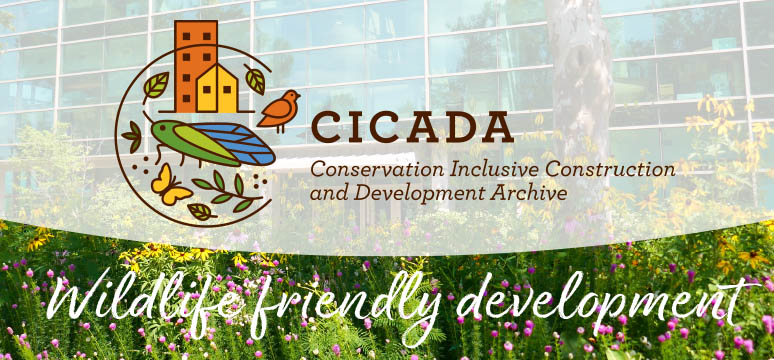
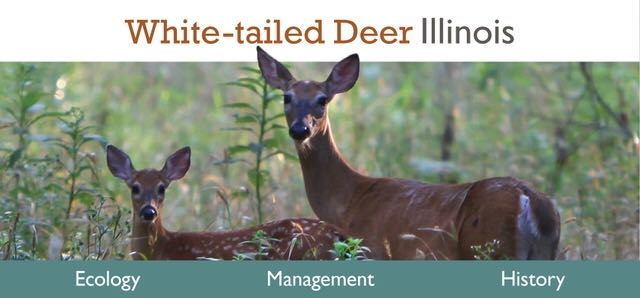


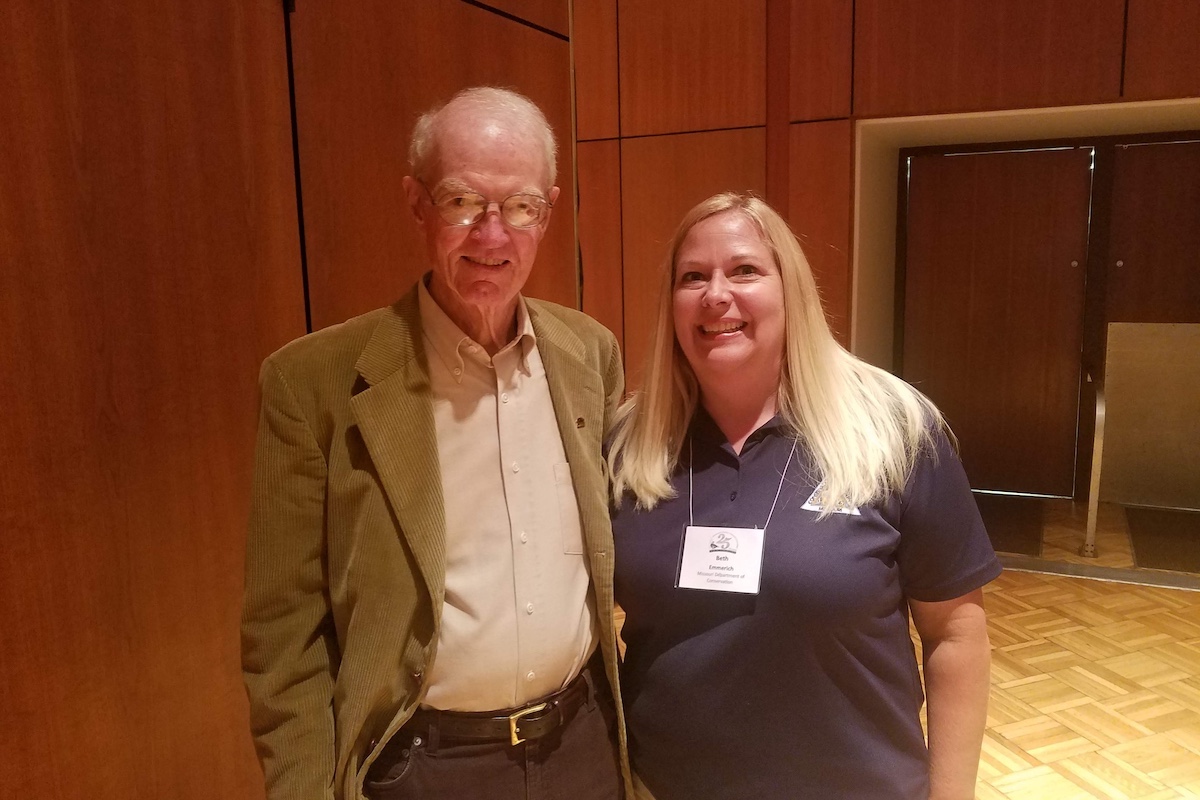
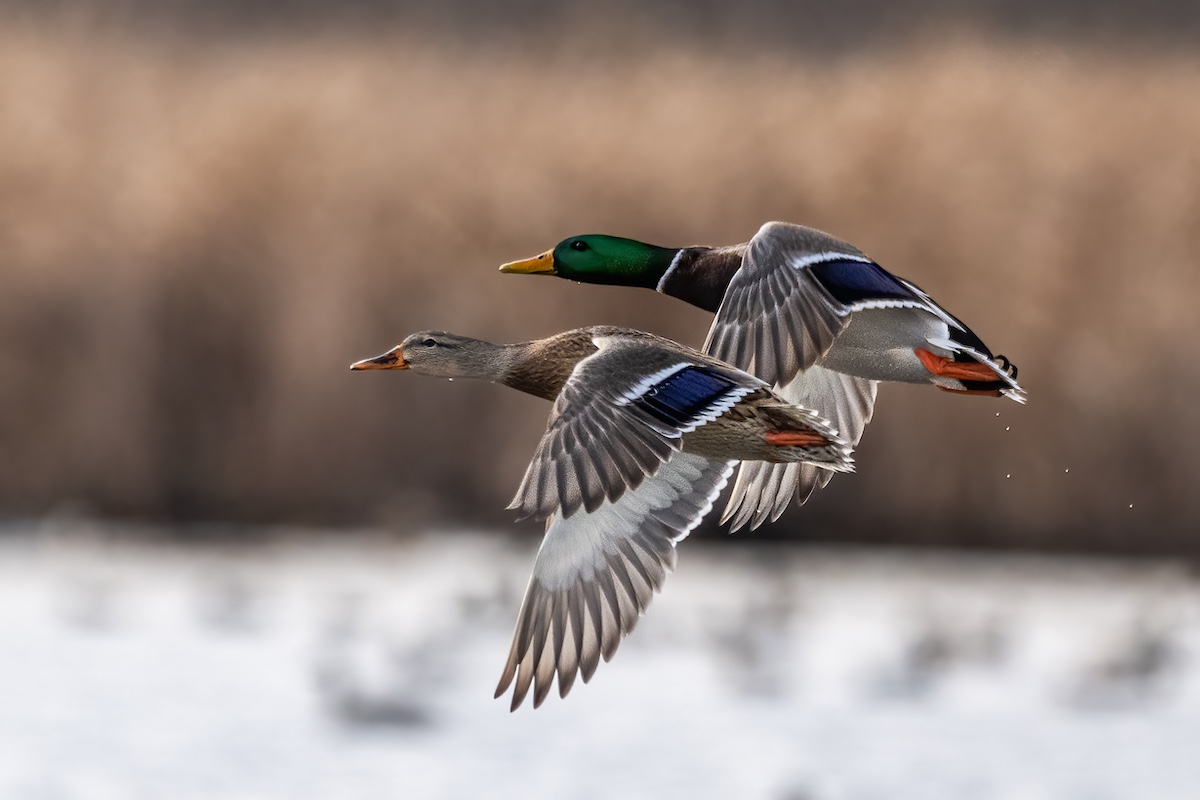
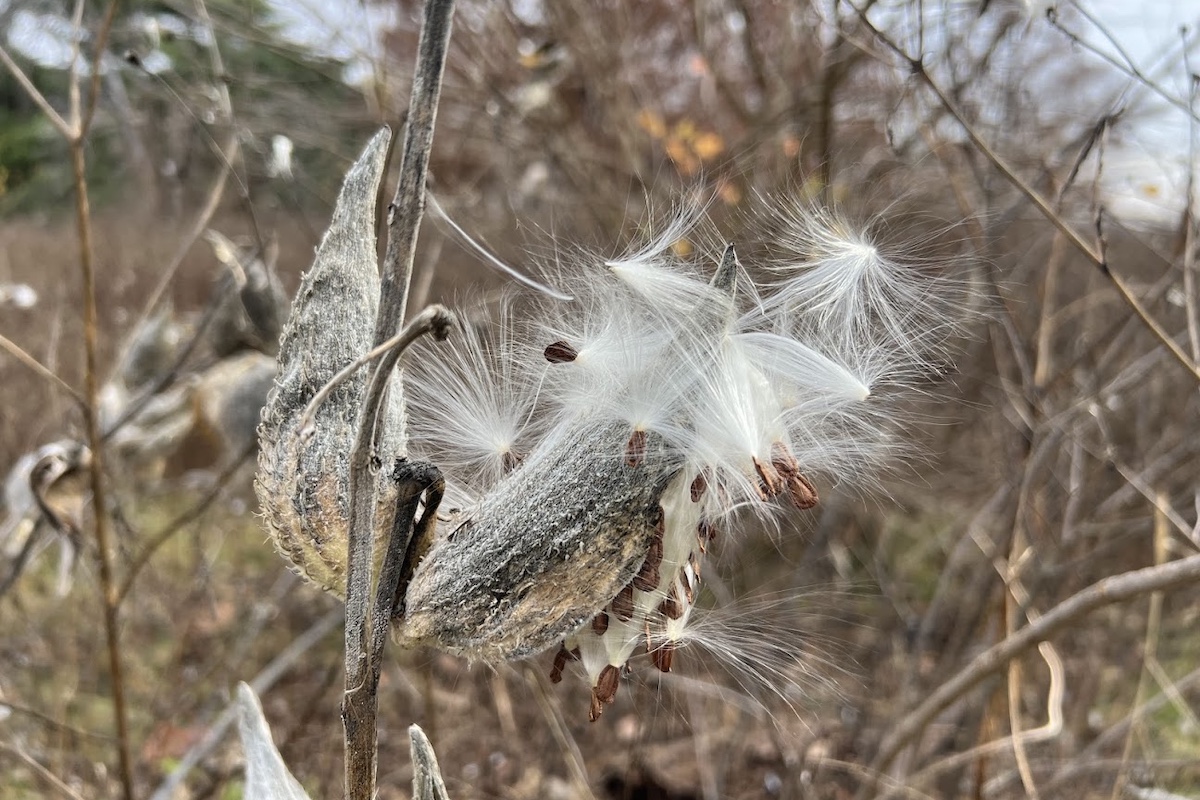
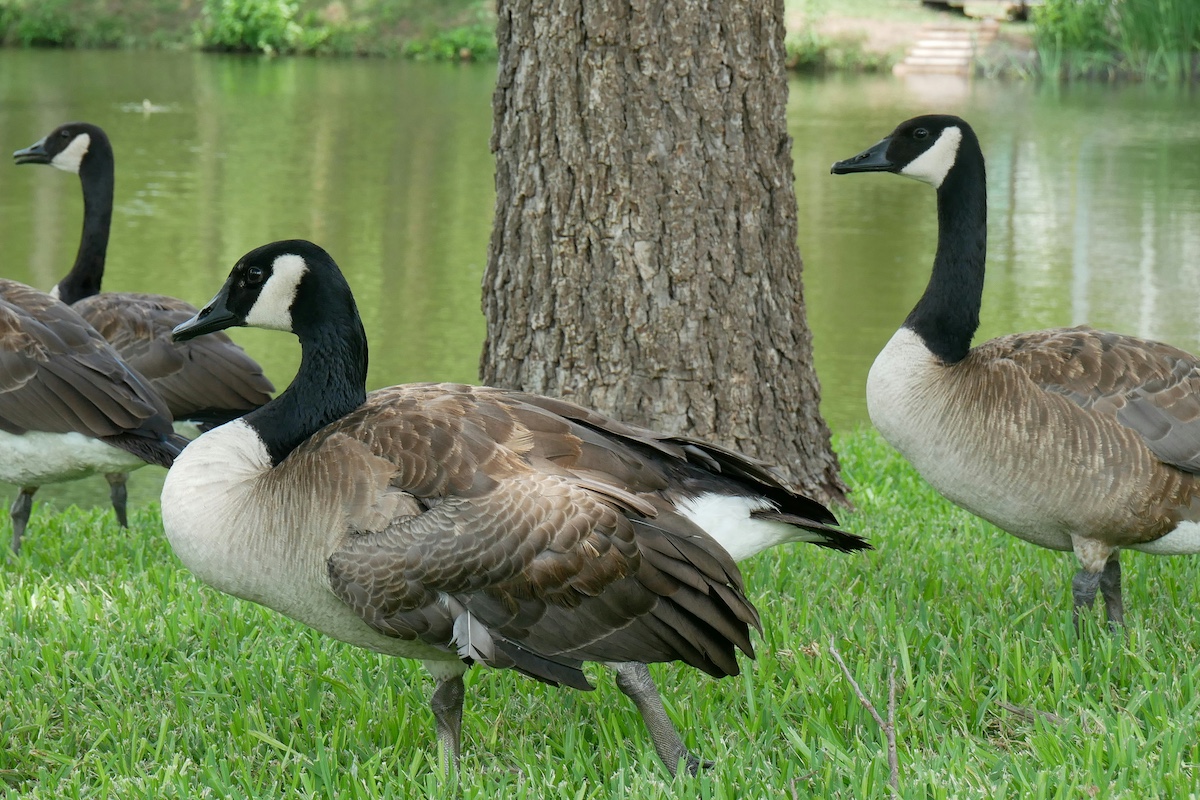

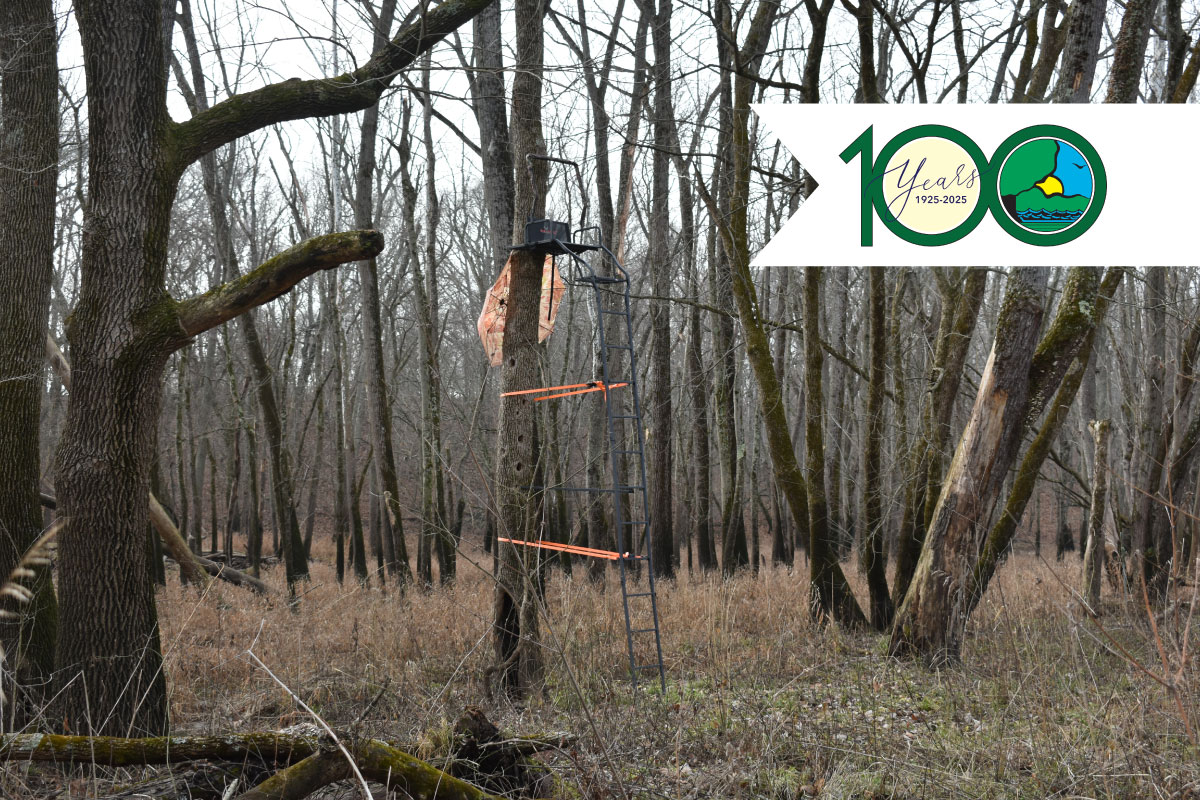
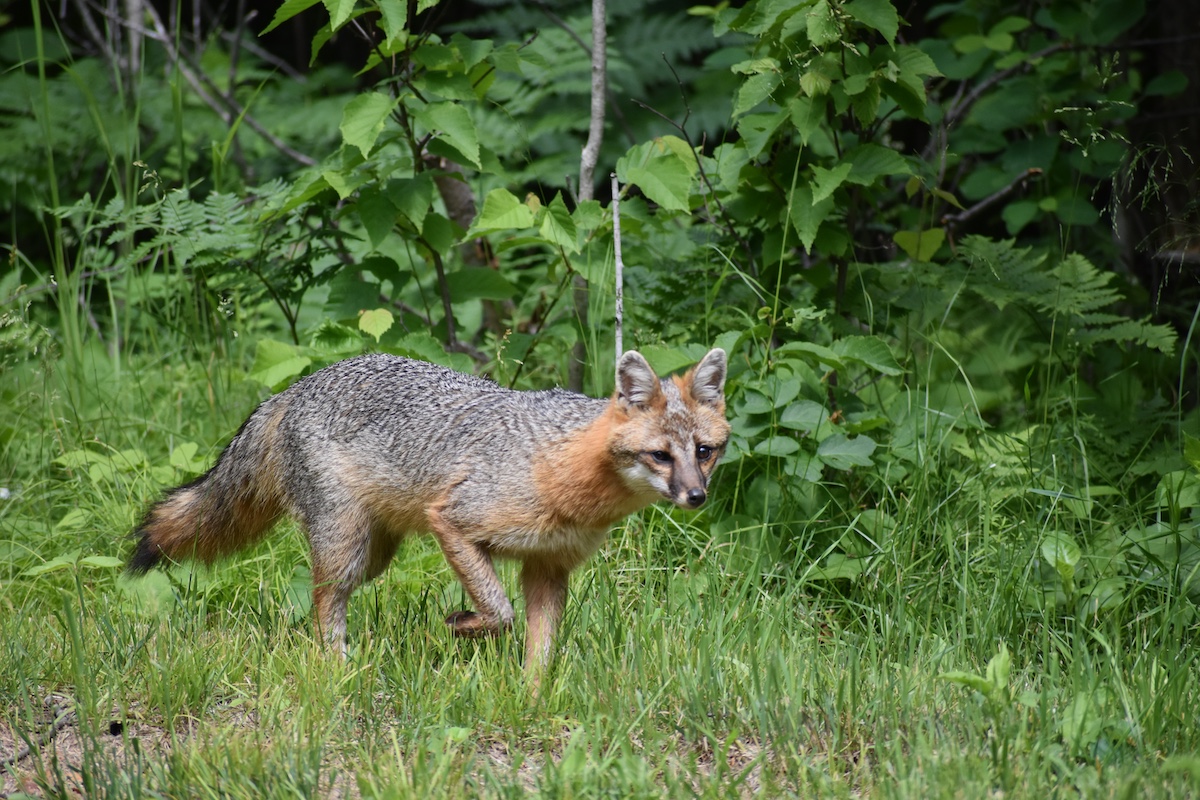
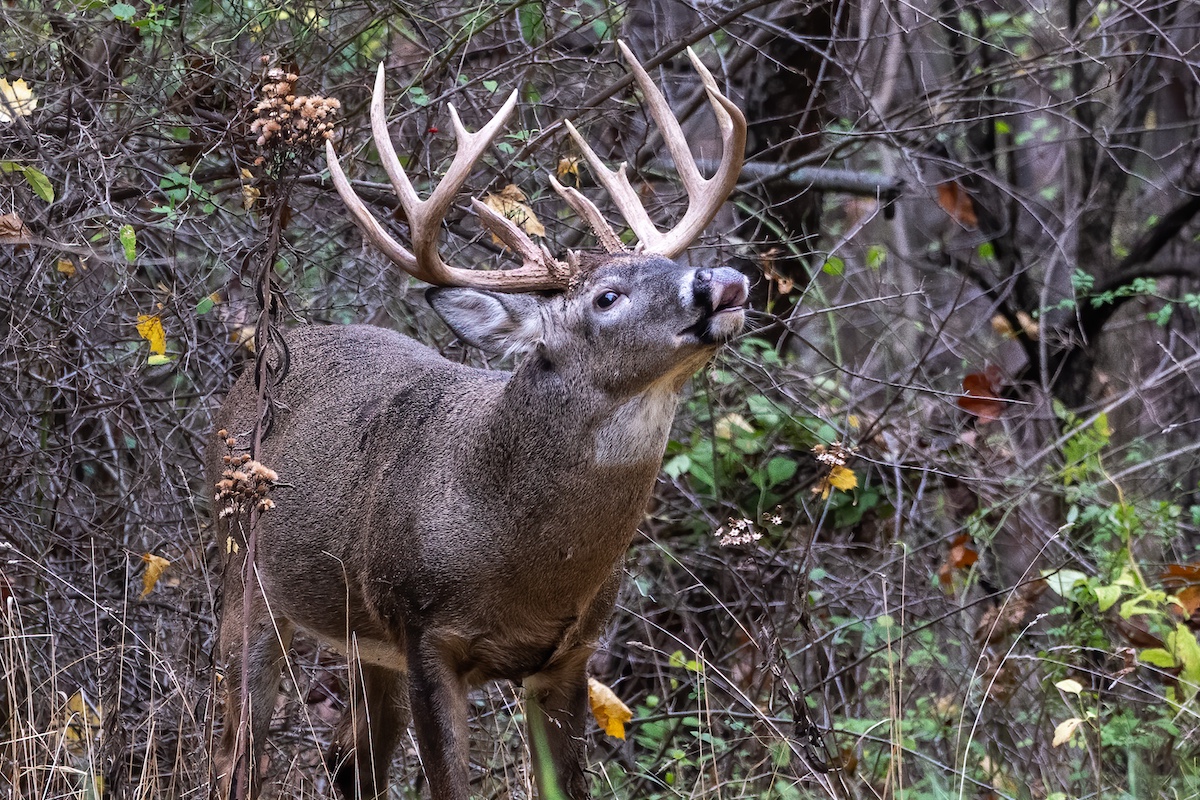
Submit a question for the author